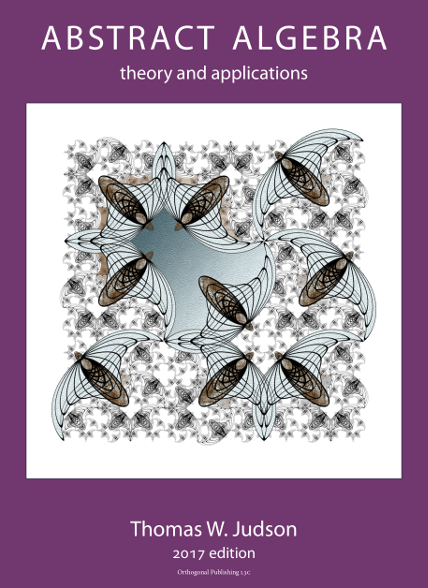The trickiest part of this problem is being concrete about what the elements of this subgroup are -- not only what they are up to isomorphism with an appropriate \(\mathbb{Z}\)-group.
Use the following fact about \(U\)-groups to accomplish this fact.
Fact8.1
If \(s,t\) are relatively prime, then \(U(st) \cong U(s) \oplus U(t)\text{.}\)
The isomorphism restricts to isomorphisms
\begin{align*}
U(s) \amp \cong U_t(st) = \{ x\in U(st) \colon x\equiv 1 \text{ mod t}\}\\
U(t) \amp \cong U_s(st) = \{ x\in U(st) \colon x\equiv 1 \text{ mod s}\}
\end{align*}
For example, since \(120 = 40\cdot 3\) and 40 and 3 are relatively prime, we have
\begin{equation*}
U(120) \cong U(40) \oplus U(3)
\end{equation*}
and the \(U(40)\) factor is equal to
\begin{equation*}
U_3(120) = \{ 1, 4, 7, 10, 13, \ldots, 112, 115, 118\}.
\end{equation*}
(Shortcut: I built this set by beginning at 1, and then skip-counting by 3's.)
